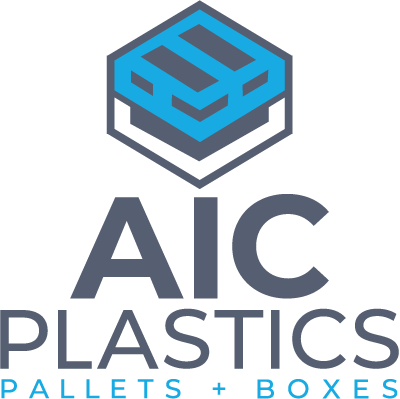Customers have certain requirements that will not fit into the standard output of plastic pallets and boxes. When this occurs the customer has several options
- Source non standard size
- Develop new tool to make the specific plastic pallet/box
- Adapt existing pallet/box to suit customer requirements
- Change requirement from plastic to aluminium
- Change process to fit standard plastic pallet/box
1 – Source non standard size
Sometimes the size you are looking for has already been made and may just require a Minimum Order Quantity (MOQ) to manufacture. As we represent a large number of manufacturers we can find the fit for you quickly if this is available.
2 – Develop new tool to make the specific plastic pallet/box
This is very rarely an option unless there are very large quantities at play due to the large cost of tooling for injection moulding for plastic pallets and boxes. You would need to have at least a requirement of 50,000 pieces to even consider this option.
3 – Adapt existing pallet/box to suit customer requirements
Most non standard requests come in for small quantities to fit a specific function within a company’s process. From the most basic level we have added wheels to pallets and boxes all the way to cutting and joining two pallet boxes to create a large 2000x1200x760mm double pallet box.
Some examples of what we have done are;
- Our customer was automatically transferring from a plastic pallet (1200x1000mm) onto a timber for export. The plastic pallet was packed manually and the customer wanted the pallet stacked in line and be centred with the timber pallet it was to transfer to.
Our solution was to weld 4 corners onto the plastic pallet to give a guide for where the pallet was to be loaded manually. This ensured that when transferred across to the timber pallet it was centred correctly.

- Another customer’s problem was they wanted to have a lightweight pallet in the production area to move their product around and be able to transfer the product over seamlessly to outside the production area and keep the lightweight pallet.
We attached aluminium box section to the pallet to allow forks to go in between the pallet and the product and remove only the product from the production area. The modified pallet was retested according to ISO 8611.

- In this instance our customer was using cardboard to divide their product on their standard hygienic plastic pallet but there was a requirement to remove cardboard from the specific area of the site.
Our solution was to weld solid plastic crosssheets onto the plastic pallet that would be easily cleaned and robust.

- Our customer was constantly losing the cardboard inserts for their plastic euronorm boxes. The also wanted an easily cleanable surface.
We replaced the cardboard inserts with plastic inserts and welded the new insert to the box.

- Our customer wanted to fit an oversize product into a pallet box that would protect their product.
We connected two 1200x1000x760mm pallet boxes together by cutting and welding the plastic and then provided additional support through metal reinforcement. A lid was also cut and welded to match the new size box.

4 – Change requirement from plastic to aluminium
Depending on the quantity it may be a more cost effective option to use aluminium instead of plastic. When you are adapting plastic there is a labour cost involved above and beyond the standard manufacturing costs. If you are considering a larger quantity aluminium might be more cost effective. It is not possible to apply a cut-off figure where this becomes more cost effective as it will depend on the type of pallet/box that you are looking for. Best option is to look at both and evaluate from there.
5- Change process to fit standard plastic pallet/box
In some rare instances the best option will be to change your process to suit the standard plastic pallet/box. This has to be evaluated alongside the cost of manufacturing the non standard pallet/box.
Summary
As you can see there are several options available, to get the best fit is a matter of evaluating all the options. Feel free to contact me with questions.

